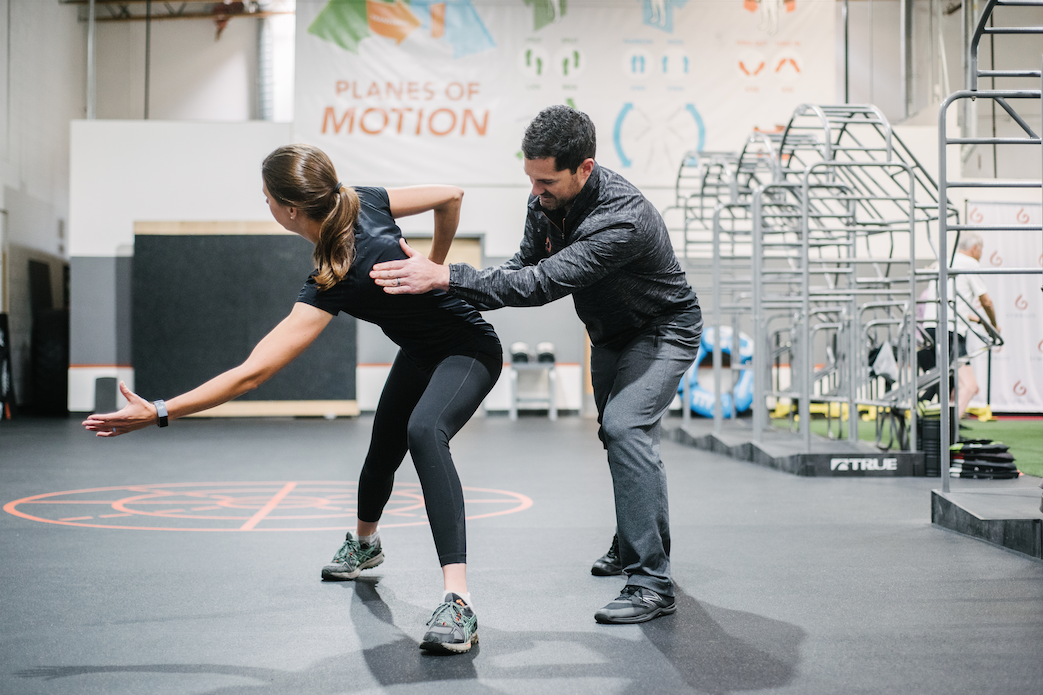July 26, 2018

This past week, I’ve had the rare privilege of doing manual labor to pull out and replace a fence line on our property. While that statement may sound sarcastic, I assure you that I genuinely enjoy hands-on projects and the process of improvement. But with any project, there are always forks in the road that require you to decide the next direction you will go and hope that you’re right. It was my first time removing a fence and it’s been an amazing metaphor for my work in Movement Therapy.
“Demo Day”, as Chip Gaines would say, was rewarding. I started out, ripping out the old rotten fence, and I made huge progress in a short amount of time! It was one of the better ways to spend an afternoon. I have inherited the joy of working with my hands and learning how to do something I’ve never done. But here’s where the learning curve came in to play and decisions had to be made. As it turns out, knocking down the wall was easy.
Each post was secured into the ground with its own large cement footing. As it turns out, there are two ways to get through this phase: The first way is to cut off the wood post and leave the cement footing in the ground, and then place the new post in a new location entirely. The second way is to painstakingly dig out each cement footing in order to start with a clean slate. I am a firm believer in doing the job right the first time and not taking shortcuts. So I dug, and dug, and dug, and called in my Dad to help continue digging. It always takes a lot longer to do something the right way and often, you find yourself second guessing your decision, wondering why you are a glutton for punishment. But now that it was done, I had nine huge holes in my property line that I was proud of, despite my blistered hands.
This was supposed to be straightforward; however, my next door neighbor’s yard is 12 inches higher than mine, on his side of the fence. This caused some concern around water and the inevitability of the new fence rotting. Either we were to redo it like it was before, knowing that the fence would rot faster, or we were to take my contractor’s advice and pour a cement wall that would act like a foundation for the fence, as well as a small retaining wall for my neighbor’s backyard. The second choice was more expensive, more time consuming and more of an obstacle. But once again, I wanted to do it correctly, and so we began to set the foundation for the fence. This is where we currently stand in our fence rebuilding process.
This is as far as we’ve gotten with the fence, but it’s been a powerful reminder of the process we go through daily, with people who are seeking to remove pain and rebuild a strong and resilient foundation so they don’t easily fall back into disrepair.
Movement is complex and pain even more so. Keeping our bodies in a good, functional state is not a passive process. Clients often come to see us in pain, and their expectation is that it’ll be a quick fix. Like tearing down a fence line. How hard can it be? Just target the pain and remove it: “Here is where it hurts. Just massage here or stretch this and I should be good.” I wish it were this easy.
Ideally, with the right installation and maintenance, your body, like a fence line, should be solid and do its job for decades. But at some point, it’s natural to show signs of wear and tear. And it takes us a long time to recognize when it’s time to address and fix the parts in need.
Once you’ve decided to address the issues, you are faced with the decision of which service to choose and how to approach it. Are you planning for the short term or long term? Just like my fence, there are shortcuts that offer a quicker fix and relief, but the problems are likely to repeat in the long term.
As we’ve been working with more and more clients for pain relief, we almost always recommend getting to the root of the pain, as well as figuring out which movements have lead to that pain. This is so that we can address any harmful patterns and avoid repeating them. Our goal is to eradicate the pain systemically, not just provide short term relief. It was the decision we made back when we were deciding which route Gymnazo wanted to provide for our members.
I’ve been thinking about this a lot, as I work on the fence line. Viewing my fence line like a body reinforces my belief in doing the job right the first time and reaping the long term benefits. If you are experiencing pain and not finding long term relief, consider a new method to approaching your pain. We’d love to help you and restore your movement, free of pain.
Share it: